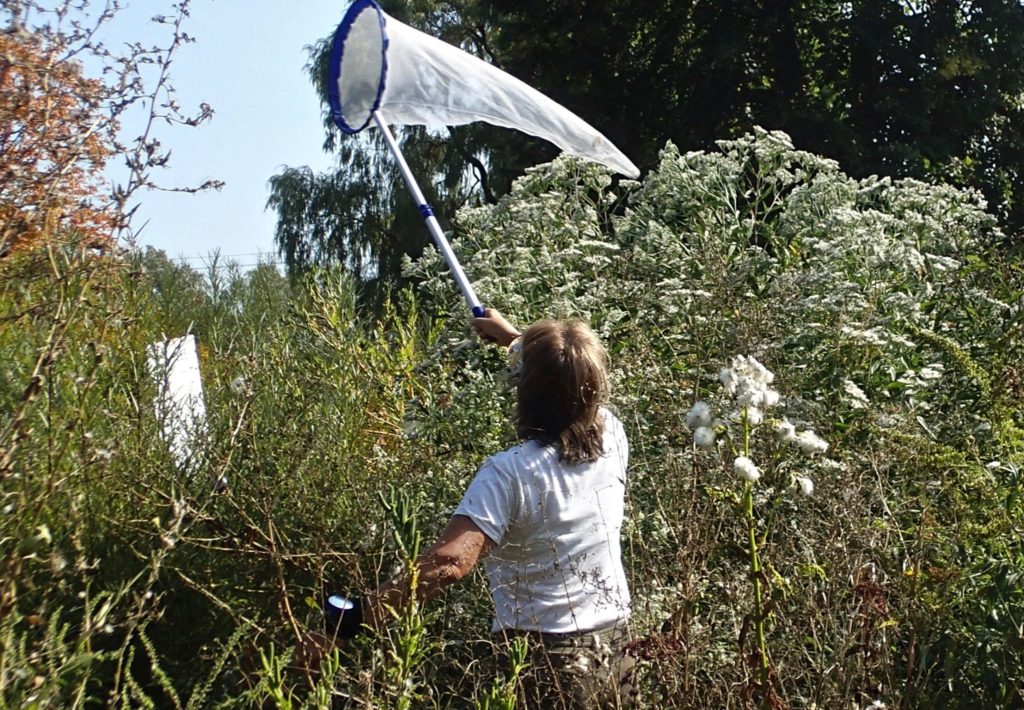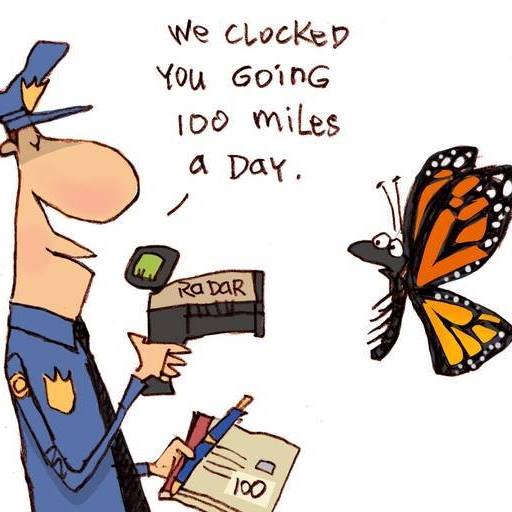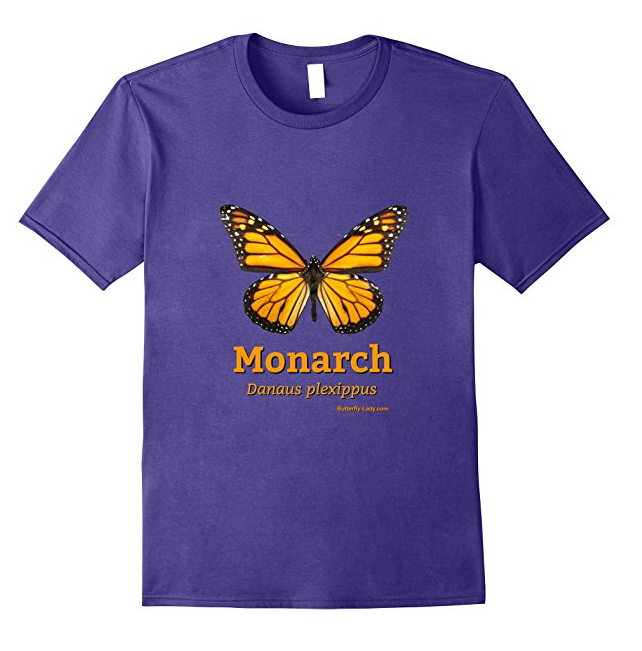Each fall Monarch Watch distributes more than a quarter of a million tags to thousands of volunteers across North America who tag Monarchs as they migrate through their respective areas. These “citizen scientists” capture monarchs throughout the migration season, record the tag code, tag date, gender of the butterfly, and geographic location, then tag and release them. At the end of the tagging season, these data are submitted to Monarch Watch and added to their database to be used in research.

Tags are tiny, lightweight, round stickers. They are a little larger than a hole-punch, about 9 mm in diameter. Each tag has a unique ID number. When a tag is recovered (found again), valuable information about migration is revealed.

According to Monarch Joint Adventure, “The purpose of tagging Monarchs is to associate the location of original capture with the point of recovery for each butterfly. The data from these recaptures are used to determine the pathways taken by migrating Monarchs, the influence of weather on the migration, the survival rate of the Monarchs.

Coded tags are attached to Monarchs when they are captured before or during their southbound migration, and recovered when Monarchs are found throughout the migration or overwintering season. Citizen scientists record the date, location, Monarch gender, and unique tag number for each fall-migrating monarch that they tag and then submit these data to be used in research. The tags and tagging process do not harm the butterflies, and the data collected have the potential to answer many important questions about monarch biology and conservation.”
Tagging helps answer questions about the origins of Monarchs that reach Mexico, the timing and pace of the migration, mortality during the migration, and changes in geographic distribution. For example, by tagging Monarchs and collecting data, we have learned that these butterflies can travel at least 170 miles in a single day and that they have traveled as far as 3,000 miles. In fact, tagging led to the discovery of the monarch’s winter home in Mexico. (Read more of this fascinating story here.)

Monarch Watch, the Southwest Monarch Study, and Monarch Alert all have monarch tagging programs and are always looking for more citizen scientists; find the program that’s best for you and get involved!

